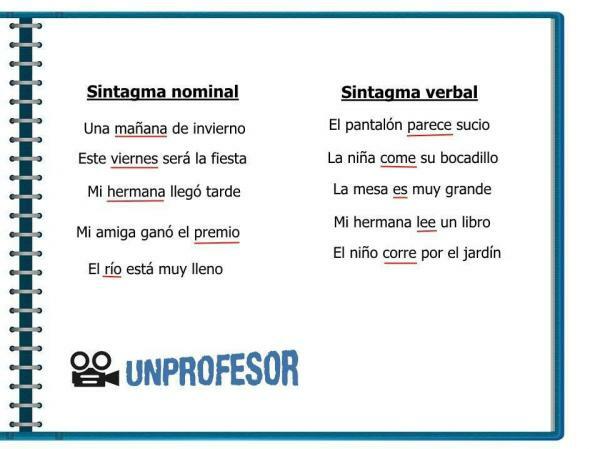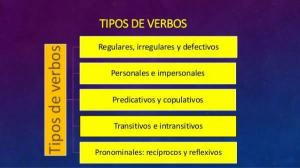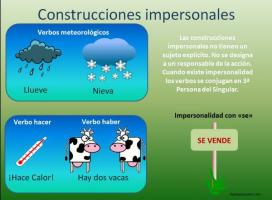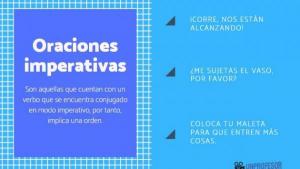Syntactic analysis of the subject and predicate: examples

To be able to make a syntactic analysis correctly it is necessary to be clear about the main elements that make up the sentence in Spanish. Therefore, in this lesson from a TEACHER we are going to explain in detail what are the characteristics basic elements of the two most important linguistic elements within a sentence: the subject and the predicate. Likewise, we will see what syntactic tests we can perform to identify both the subject and the predicate, exemplifying the explanation with several sentences, so that you can better follow the lesson. Keep reading and you will discover a syntactic analysis of the subject and predicate with examples so you can learn to do this type of analysis yourself.
The dictionary defines the term subject as the "syntactic function performed by a noun phrase that agrees in number and person with the verb, or by a substantive subordinate clause that requires a third person verb."
Therefore, we can understand by subject the following: on the one hand, that
person, animal or thing that performs the action described by the verb, and by the other, the syntactic function that fulfills a noun phrase (SN) within a sentence. Let's see it through an example:Pablo plays soccer every Thursday
In the previous sentence, "Pablo" is the subject because he is the person who "plays soccer" and, therefore, performs the verbal action. Furthermore, "Pablo" is also the subject of the sentence because it is a noun, which forms a noun phrase (SN), which performs the syntactic function of subject, since it agrees with the predicate.
To check this, we can change the subject from one person to two, for example, "Pablo y Jaime" and then we will realize that it is necessary to write the verb "to play" in the plural so that there is agreement: Pablo and Jaime play soccer every Thursday.
On the other hand, the subject is not always in charge of performing the verbal action, since, for example, in passive sentences, the subject is called patient or experimenter, since it is on him that the verbal action falls. For example, in the sentence The dog was found in the park, "the dog" is the subject because, although he is not the one who carries out the action of "meeting", he does experience it. If we place a multiple subject, "The dog and the cat", we will see how they agree with the verb: The dog and the cat were found in the park.
In this video of a PROFESSOR we discover you what are passive sentences.
The other fundamental part of every sentence is the predicate. According to the dictionary, with the word predicate we point out several things: the "syntactic function performed by the verb phrase", the" segment of the sentence that performs the function of predicate "and, finally, the" nucleus that, in a sentence, or in another syntactic segment, selects, according to its meaning, a certain number of participants". Thus, the predicate is the part of the sentence that says something about the subject:
Paula bought a new car
In the previous sentence, the segment "she bought a new car" is the predicate. Every predicate has a verb as its nucleus that defines what the subject does. Likewise, within the predicate we can find various complements that add more information related to both the subject and the verbal action. Some of these complements are: the direct complement, the indirect complement or the circumstantial complements, among others.
On the other hand, according to the verbal typology, we can distinguish two types of predicates: nominal predicate, which is the one whose verbal nucleus is one of the copulative verbs ("to be", "to be" or "to seem") and verbal predicate, which corresponds to all those predicates that do not have a copulative verb as their nucleus.
In this video we discover you what is the predicate of a sentence.

Once the theory related to the concepts of subject and predicate has been explained, we are going to see examples of a parsing of the subject and predicate in a series of sentences so they can help you:
José Manuel is very tired
"José Manuel" is the subject because it agrees with the predicate "he is very tired", which is a nominal predicate because its nucleus is formed by the verb "estar" which is a copulative verb.
The book cost me a lot of money
"The book" is the subject because it agrees with the core of the predicate. "It cost me a lot of money" is the predicate, which says something about the subject. It is a verbal predicate.
Your sister looks sick
"Your sister" is the subject of this sentence, while "looks sick" is the predicate, which is also a nominal predicate because its nucleus is the copulative verb "seem".
They gave my mother flowers
"They" is the subject, which agrees with the verbal core of the predicate. "They gave my mother flowers" is a verbal predicate.
You go to the cinema this afternoon
"You" is the subject of the sentence and "you are going to the cinema this afternoon" is the verbal predicate, the core of which is the verb form "you are going."



